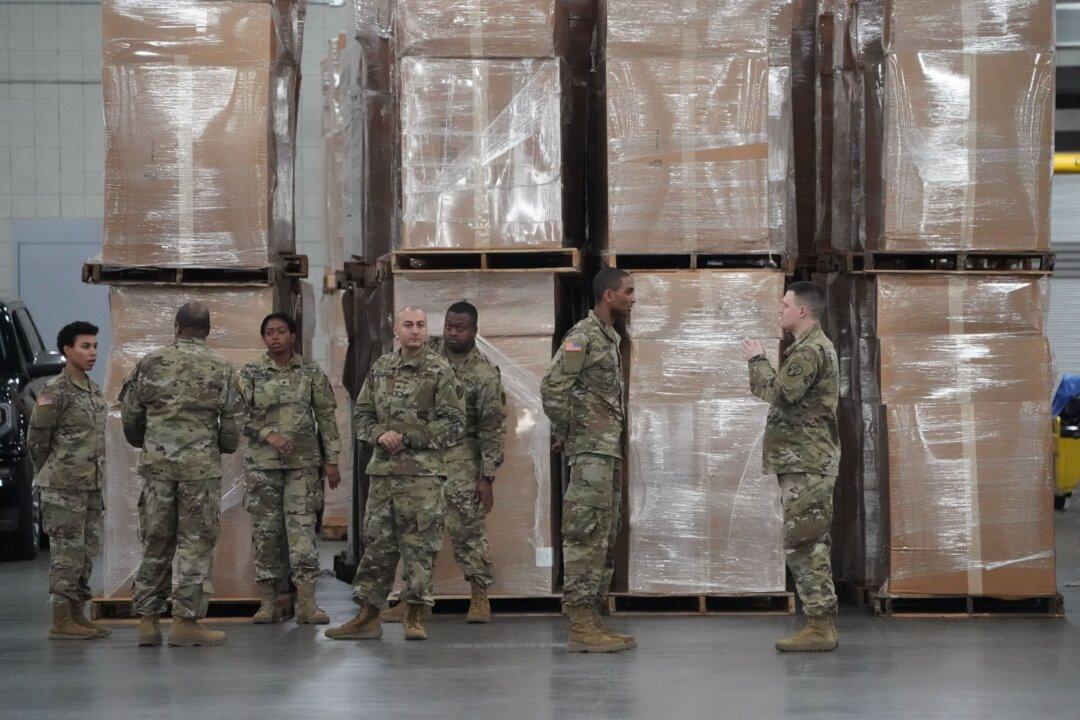The window of opportunity is rapidly shrinking for mayors and governors to green light field hospital construction, said the head of the army’s engineering corps.
A final total of between 40 and 50 hospitals will probably be built by the army Lt. Gen. Todd T. Semonite, commander of the Army Corps of Engineers, told reporters on April 8.





